A team or Irish researchers evaluated the use of a barrel atmospheric plasma system for the treatment of the polymers acrylonitrile butadiene styrene and polylactic acid polymer particles used in 3D printing.
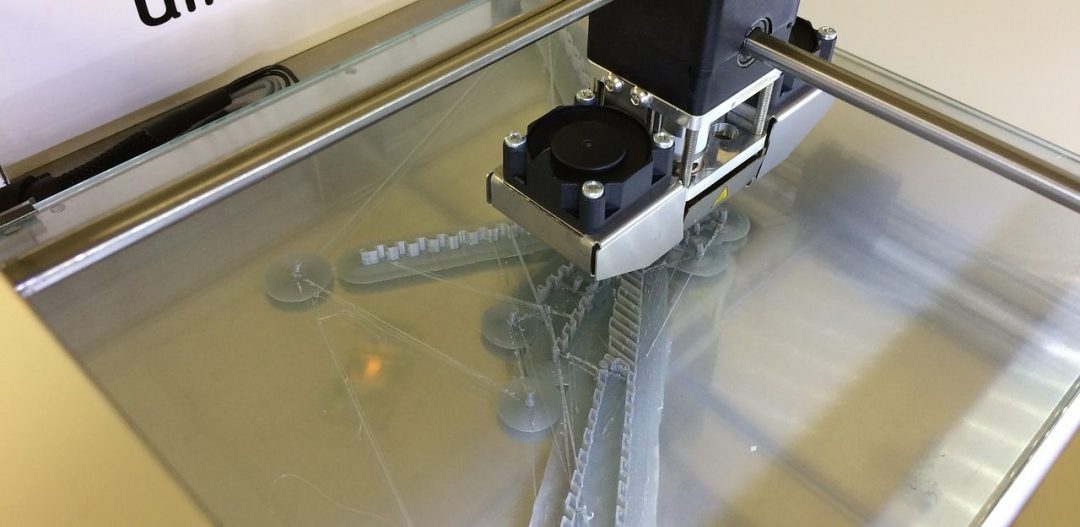

A team or Irish researchers evaluated the use of a barrel atmospheric plasma system for the treatment of the polymers acrylonitrile butadiene styrene and polylactic acid polymer particles used in 3D printing.
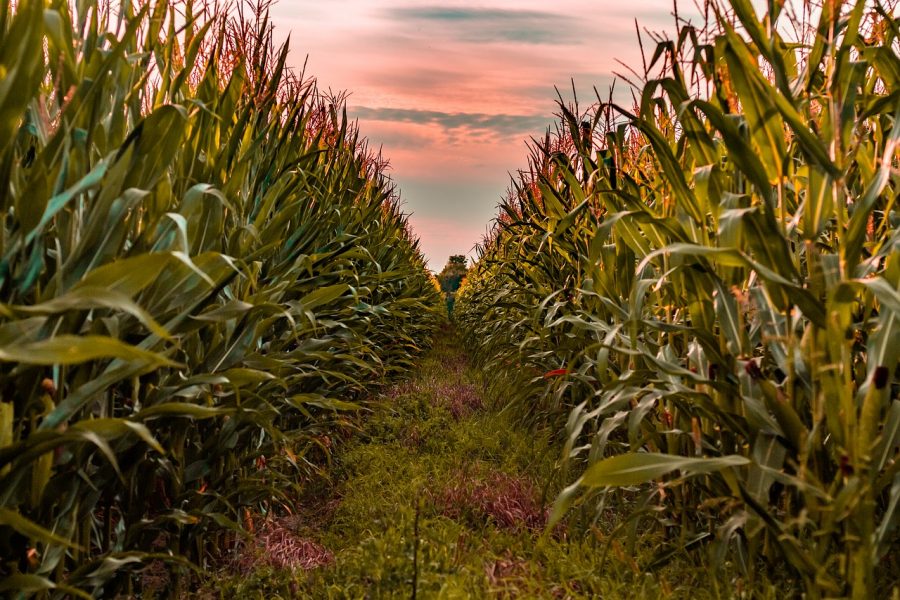
Low temperature plasmas (LTPs) show promise as efficient green technologies for enhancing productivity while maintaining good food quality and safety in the many steps of the food cycle. As a result, applications of LTPs in agriculture have led to creation of a new, rapidly developing field called “plasma agriculture.”
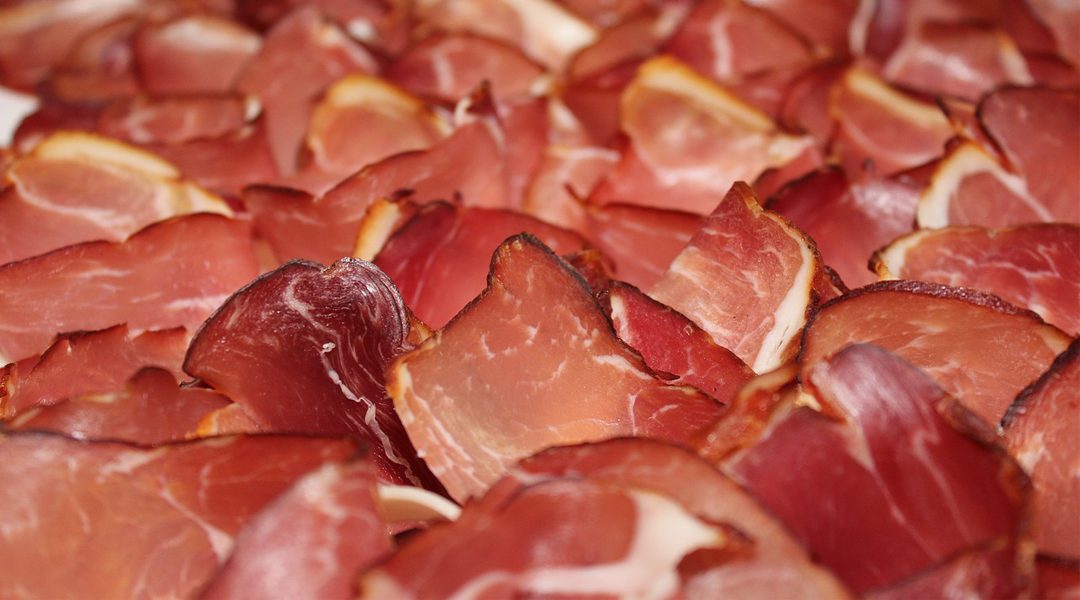
A team of researchers found an innovative way of curing ham by using plasma-treated water as an alternative to chemical curing solutions.
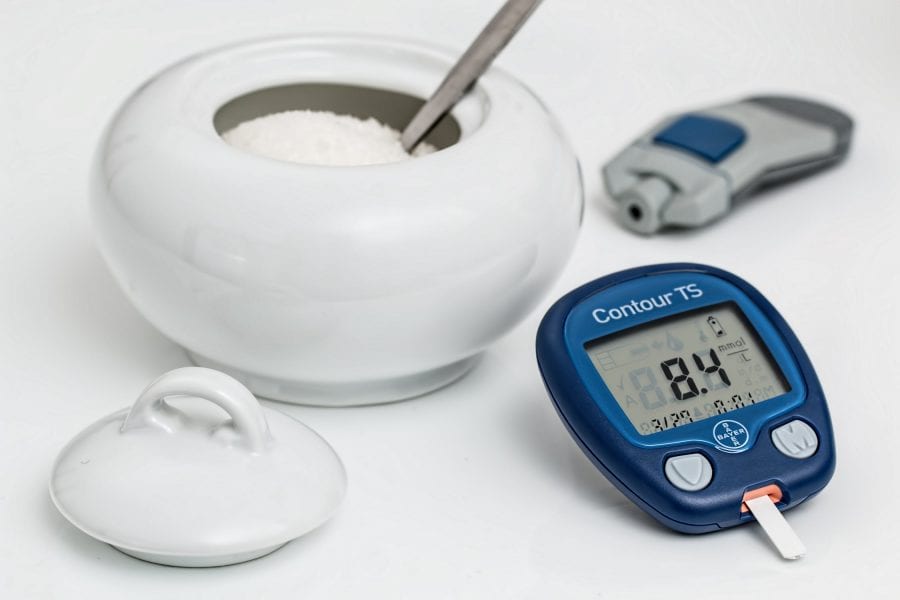
A plasma-treated polyethylene is used as as an affordable and easy mediator to produce enzymatic glucose sensors that could be used for diabetic patients.
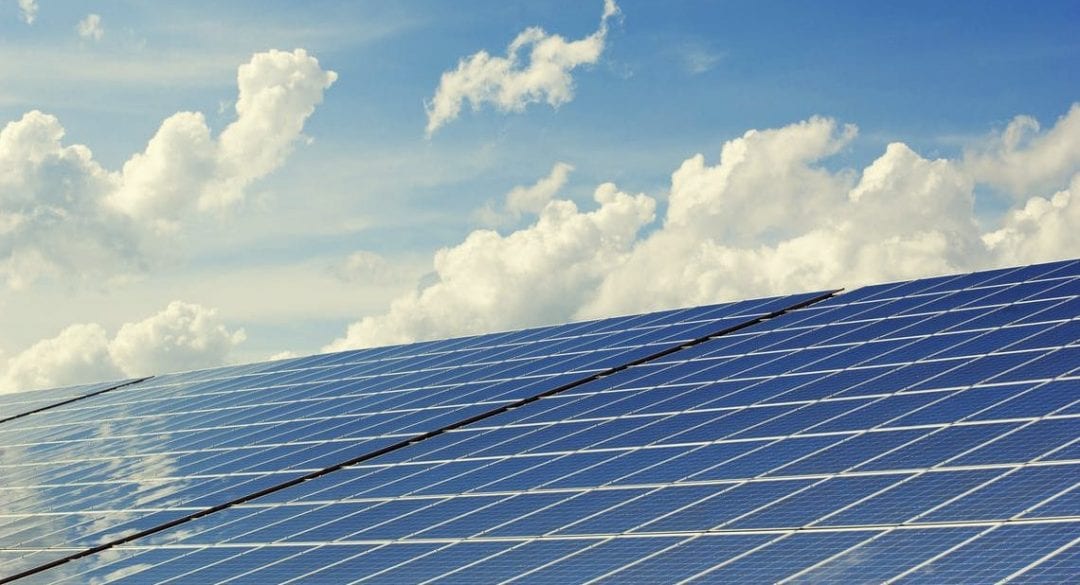
Avery easy, fast, and scalable one-step process for synthesis and deposition of porous ZnO nanocrystalline film by low-temperature atmospheric pressure plasma is presented.
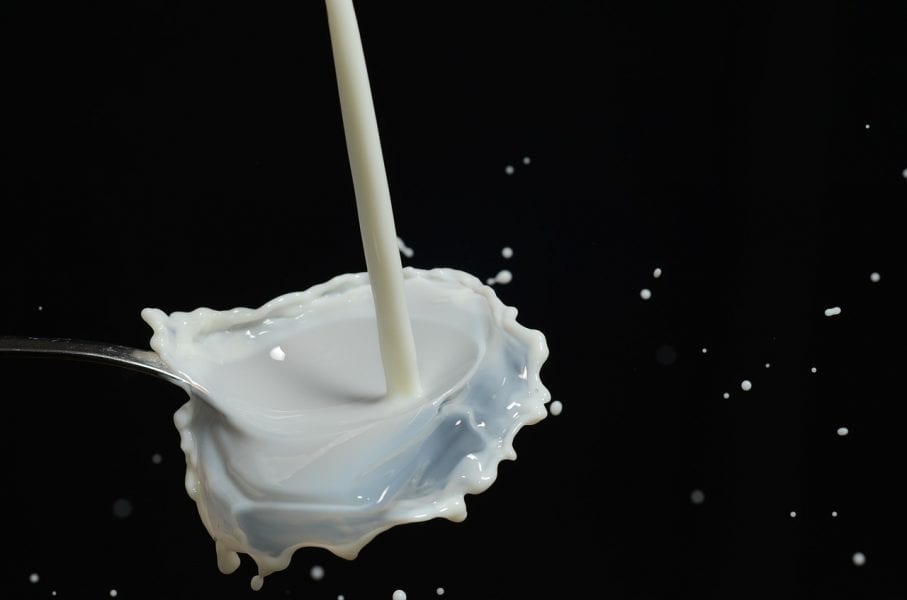
Australian researchers have developed a promising new plasma treatment method to decontaminate and increase the shelf life of milk.

Taiwanese scientists create a new atmospheric-pressure plasma jet tooth bleaching method that is safe, cost effective and portable.

A new study introduces an innovative and cost-effective technique for the plasma functionalization of POSS micro-powders without damaging the nanocage structure they are based on.
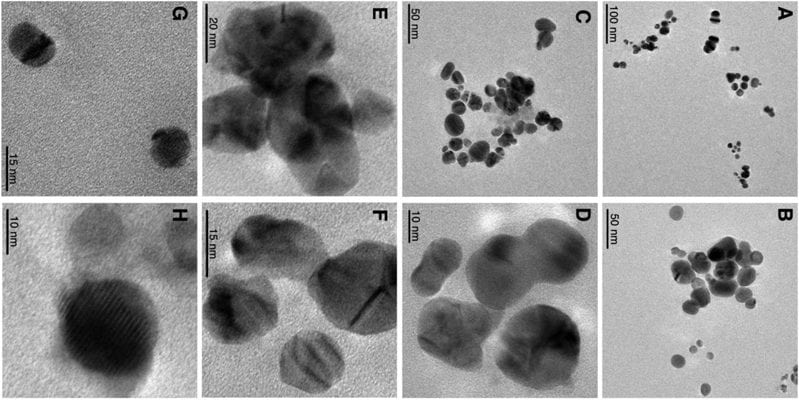
Researchers created a one-step flow-through plasma-reaction system for a cheaper and more sustainable synthesis of silver nanoparticles aimed at large scale production.
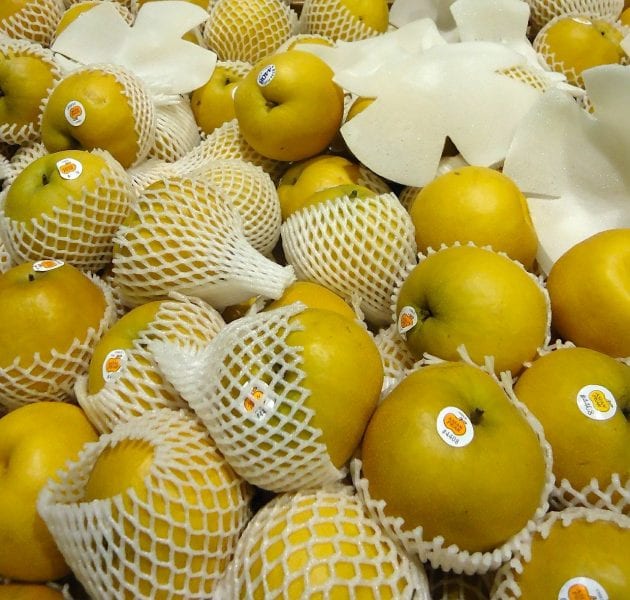
A new review discusses the status and challenges we face in 2017 of transferring plasma technology to the food industry.